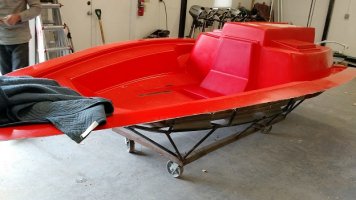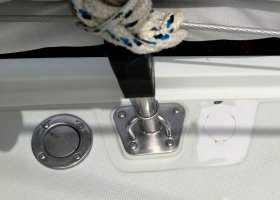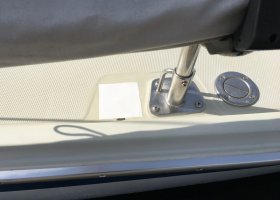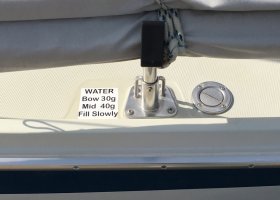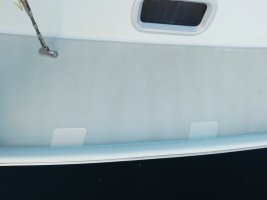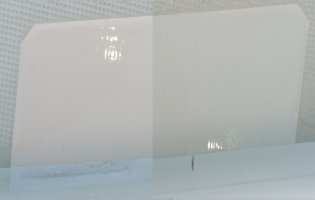When this boat was built a water-tank fill hole was drilled in the wrong location. No doubt this occurred at 4:56 pm on a Friday.
The mistake was repaired with what looks like epoxy--after the nonskid treatment ("paint") was applied. I believe the whitish feathering is epoxy.
So--how to cosmetically improve this?
We're not supposed to apply gel coat over epoxy (so says my gel coat kit). And anyhow, the area isn't gel coat, it's the nonskid coating.
The color is "stone," with a vague hint of green.
Any ideas? Do we know what the nonskid coating was, back in 1984?
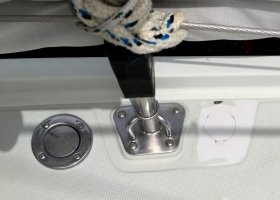
The mistake was repaired with what looks like epoxy--after the nonskid treatment ("paint") was applied. I believe the whitish feathering is epoxy.
So--how to cosmetically improve this?
We're not supposed to apply gel coat over epoxy (so says my gel coat kit). And anyhow, the area isn't gel coat, it's the nonskid coating.
The color is "stone," with a vague hint of green.
Any ideas? Do we know what the nonskid coating was, back in 1984?


